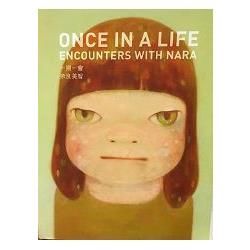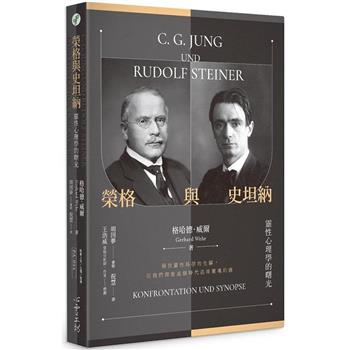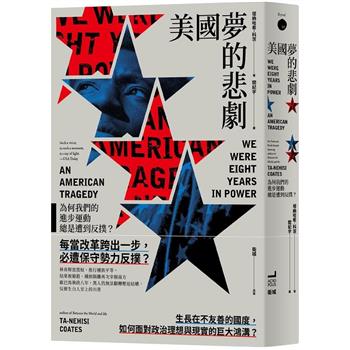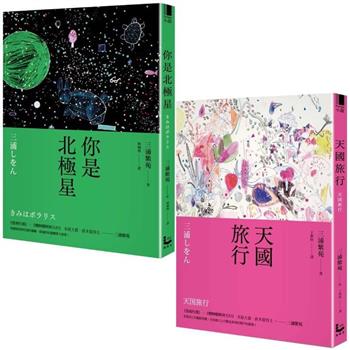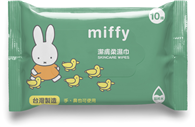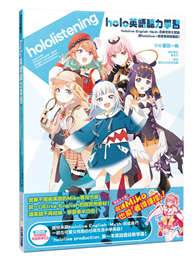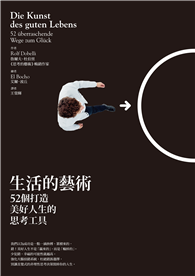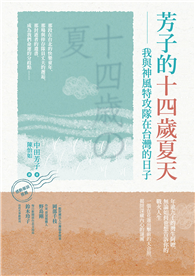奈良美智被公認為當代最具影響力的藝術家之一。他的作品十分平易近人,以致我們有時會因自以為完全理解他的創作而看得不夠仔細。但對於他筆下憤世卻可愛小女孩們,我們又了解多少呢?我們為何會自覺能夠辨識他所描繪的種種情緒?又是甚麽讓奈良的藝術能與廣泛的觀衆產生共鳴?
繼亞洲協會香港中心此前展覽「無常人生:奈良美智」後,本書收錄了其他在展覽以外的作品,以及幾篇從奈良的人生經歷和回憶探討其創作的文章。透過細看藝術家的童年、他在德國的經歷、對音樂的熱愛和2011 年東日本大震災的影響,提出了更多關於奈良的藝術創作的想法。猶如拼圖一般,奈良的人生點滴一塊一塊地拼湊出鮮為人知的故事,以及他對人生的思考。
Yoshitomo Nara is recognized as one of the most influential artists of the day. His works are very accessible, so much so that at times we do not look hard enough because we feel we understand them already. But how much do we really know about his angry, yet cute looking little girls? How is it that we all feel we recognize the emotions being portrayed? What makes his art so relevant to such a wide range of viewers?
Following from Asia Society Hong Kong Center’s preceding exhibition, Life is Only One: Yoshitomo Nara, this publication is not only a compilation of the works in the exhibition, but also an extension with the inclusion of other works and essays that present the artist and his art from his life experiences and memories. Extra thoughts into his inspirations are offered by looking at his childhood, his time in Germany, his love for music, and the aftermath of the 2011 Earthquake. Like small pieces of a puzzle, they piece together little-known stories about the artist and above all his thoughts on life.
作者簡介:
奈良美智
1959年在日本青森縣弘前市出生。1987年,於愛知縣立藝術大學取得碩士學位。翌年,留學德國杜塞道夫藝術學院 (國立藝術學院),師承A.R.Penck,並取得「大師學生 (Meisterschüler)」頭銜。1994至2000年間,於科隆定居工作,期間曾於1998年到美國加州大學(洛杉磯分校)擔任客席教授,為時三個月。2000年回到日本,並在東京定居工作,後於2005年移居栃木縣。
從畫作和素描,到玻璃纖維、陶瓷、青銅等立體作品,以至大型裝置,奈良美智透過描繪小孩和動物,創作出使人印象深刻、耐人尋思生命意義的作品。
Yoshitomo Nara was born in 1959 and raised in Hirosaki, a small town in Aomori Prefecture in northern Japan. He acquired his Master’s Degree at Aichi Prefectural University of Fine Arts and Music in 1987 and moved to Germany to study at Kunstakademie Düsseldorf (State Academy of Arts) in 1988. Under A.R. Penck, Nara attained the title “Meisterschüler” (master pupil) and proceeded to work in Cologne from 1994 to 2000. In 1998, Nara taught at the University of California, Los Angeles for three months as a guest professor. The artist returned to Japan in 2000, initially working in Tokyo before moving to Tohigi in 2005.
Working in multiple art forms, including painting, drawing, sculpture in ceramic, bronze and fiber-reinforced plastic, and large-scale installations, Nara uses depictions of children and animals to convey his interpretation of life.
